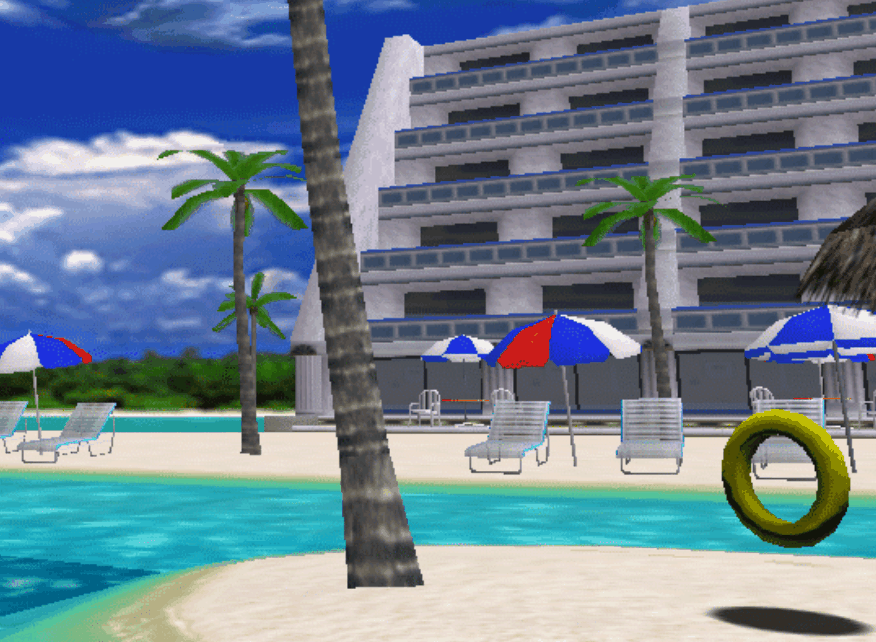There are moments in adventure game series Life Is Strange (2015), typically once per episode, that encourage you to stop, relax, take in the surroundings. The camera slowly orbits protagonist Max Caulfield as she spends a moment away from the mad throes of her teenage years. She lies face up on her best friend’s bed, hands cradling her head, the light of a golden dawn streaking through the windows, and the world totally quiet apart from the tiny chirps of birds. Or she sits with her back against a tree stump, long grass tickling her fingertips, cushioning the denim of her backside, the solitude of the outdoors filling her lungs with a sigh of gentle relief.
But there’s a problem with these reveries. For the most part they’re forced upon you as a mandatory downbeat in the narrative. Not that they are an unpleasant shift in pace but it does mean that you encounter a moment of involuntary suspension. If you don’t feel like chilling out with Max right then it can feel like you’re only stopping the action from moving on to be polite, perhaps like you would for a friend. This swings the other way, too. If you welcome this downtime then you’re reminded for the duration that there’s a game to be getting on with due to a prompt in one of the corners. “Space Get Up,” it says (if you’re playing on PC). It sits there silently nagging at you, not letting you forget that, at some point, this lull will have to come to an end by your command. It’s a niggling distraction when, ideally, there shouldn’t be one.
The sentiment that these carefree moments of downtime in Life Is Strange carries isn’t isolated. But it is lacking a crucial element from the gestalt to which it belongs: inertia. Its stillness isn’t pushing against other forces. To explain, take a look at this Daytona USA (1993) gif by Tumblr user “pk dub.” What’s significant about it is that it positions us against the speeding lo-fi cars that zoom by. There’s a satisfaction to be derived in comparing our own motionless to the busyness of the world around us—to be the silence among the noise. This dichotomy can help us meditate on the glory of that singular moment. And most videogame worlds cater to this, too, as they are made to be roaring simulations stuck in animated loops; populations that never sleep, traffic that never stops, forests stuck in perpetual daylight.

(Daytona USA, 1993)
Matt Hawkins of prestigious videogame collective Attract Mode wrote the same of this Daytona USA gif, using it as a starting point to discuss the wider sentiment behind it. “For many of us these days, our hands are always full and our minds always occupied,” Hawkins wrote. “We’re constantly working towards tomorrow without actually living in the moment. Hence why it’s important to occasionally drop what you’re doing and take a breather; observe and appreciate point A before rushing off to B.” The importance of this idea is that you’re stopping between destinations on your own terms to observe life as it moves around you. What Life Is Strange lacked in its downbeats is, firstly, the importance of allowing the player to arrive at these moments naturally, and also letting us be idle among kinetic activity, not kept separate from it in a peaceful microcosm. But, hey, don’t get me wrong: Games can afford to go a little slower, no matter what form it may come in. You’re doing alright, Life Is Strange.
In a more recent post titled “Don’t Forget To Smell The Polygons” (the origin of this article’s own title) Hawkins provides many more wonderful gifs created by “pk dub” that echo the sentiment witnessed in the Daytona USA gif—”forget that pause button and instead full-on stop dead in your tracks in whatever game, to simply enjoy the moment.” The post is a public service announcement; a reminder of how you can better learn to appreciate videogame worlds. We should also be thankful to the short-loop format of the gif which, itself, is a way to extend a brief notch in time into the eternal. You may also question why all of the games used are of late ’90s and early-aughts in origin. There’s no definite answer but perhaps it’s that the colorful, low-res polygons evoke the perceived simplicity and joy of the past. Anyway, you can see some of the gifs Hawkins shared below.
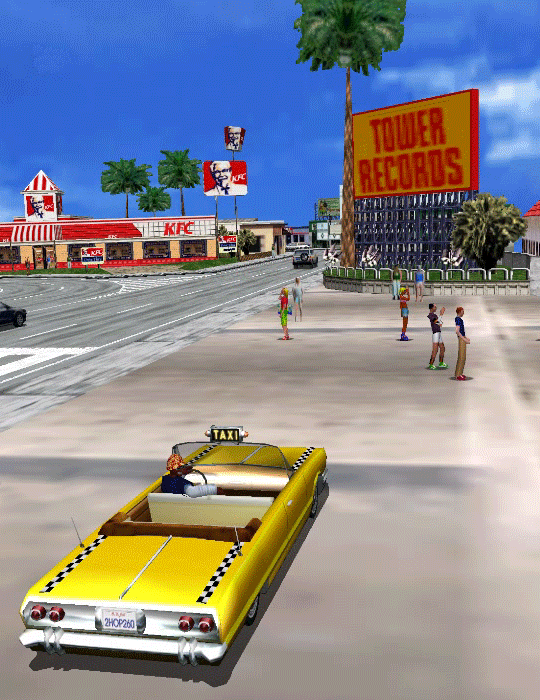
(Crazy Taxi, 1999)
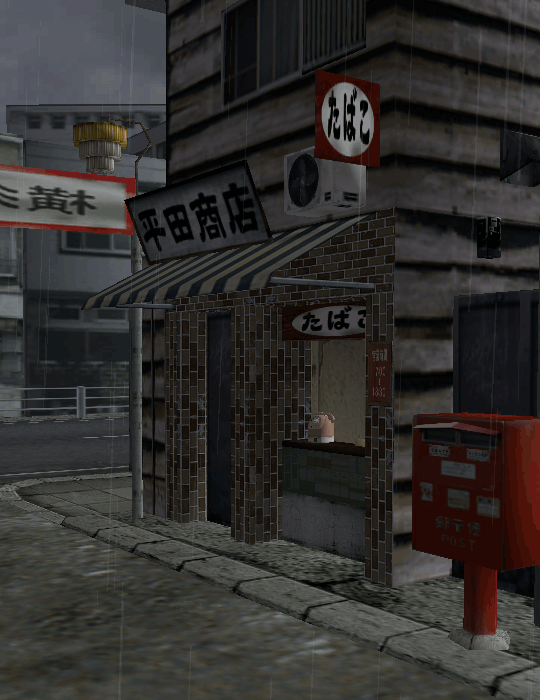
(Shenmue, 1999)
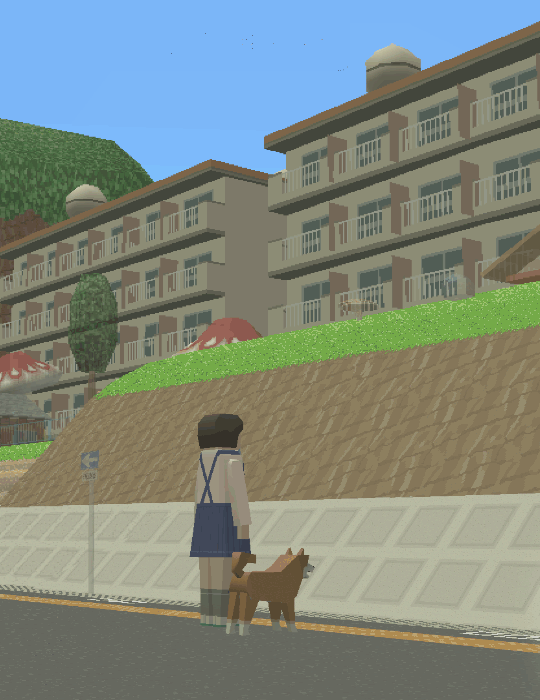
(Katamari Damacy, 2004)
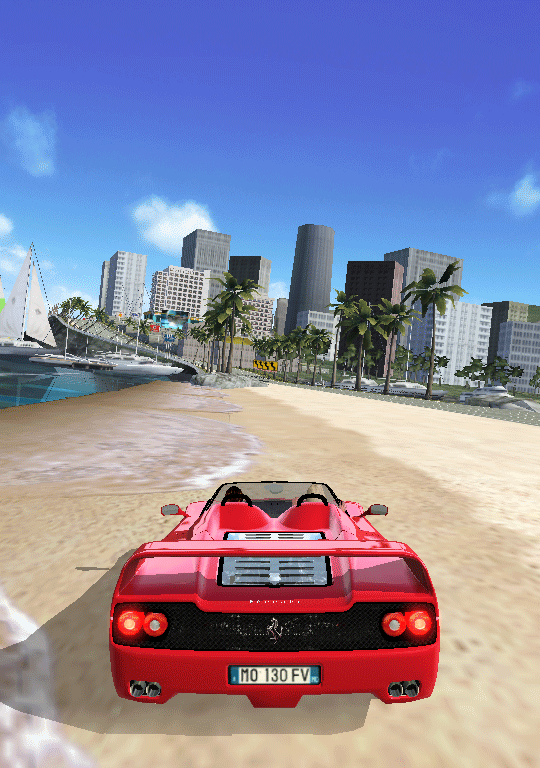
(Outrun 2, 2003)
///
Header image by pk dub. From Sonic Adventure DX, 1998.
